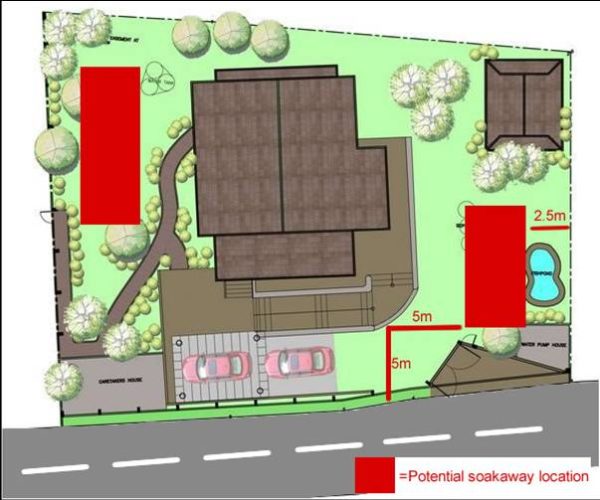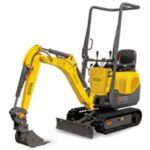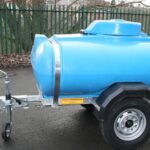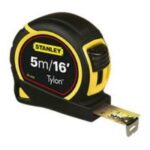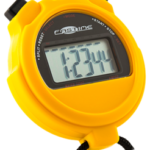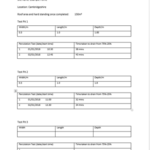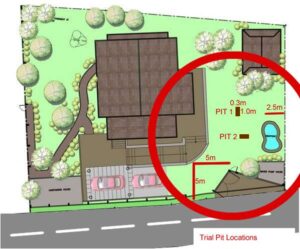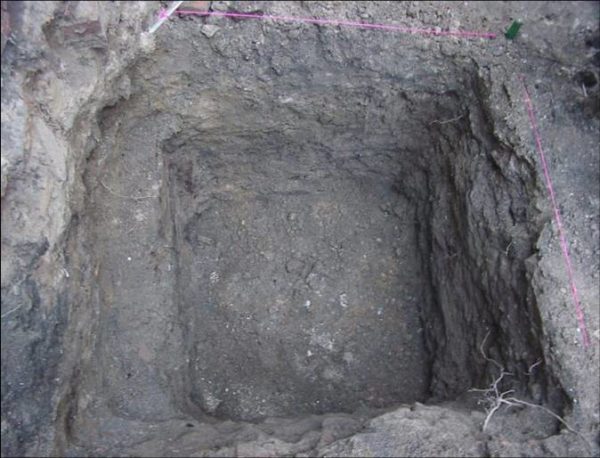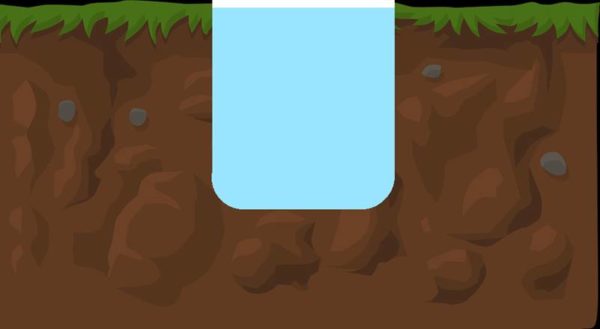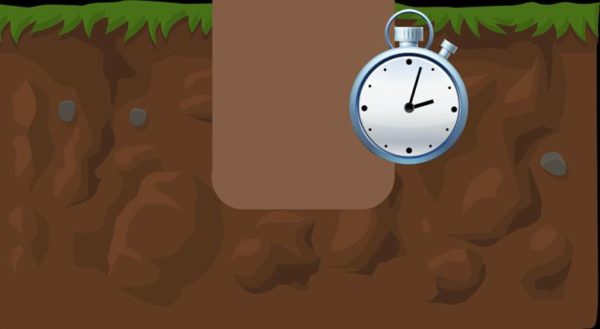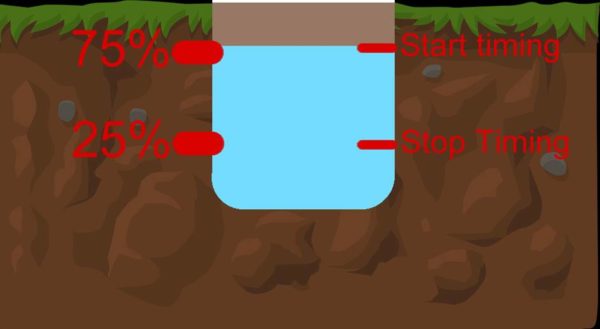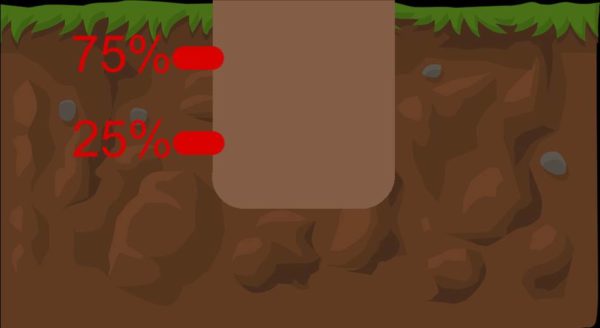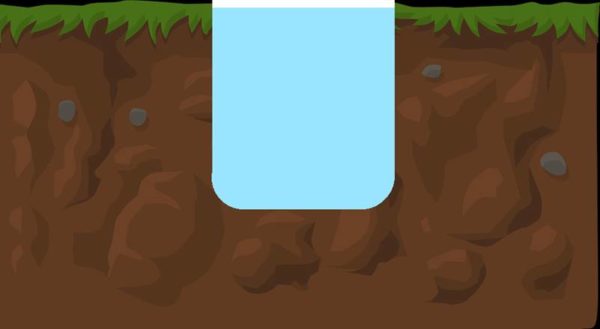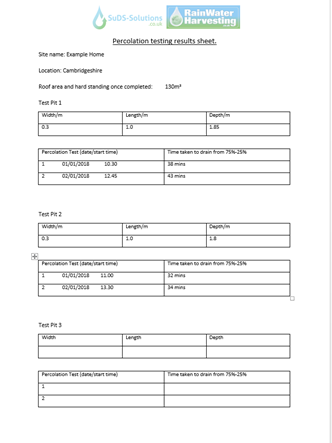A percolation test measures how quickly water drains away from the soil. The results from the test allow a drainage engineer to decide if a soakaway is suitable and if so, recommend the correct size.
If provided with test results, our team will provide the necessary calculations for a soakaway without obligation.
The testing process is simple- dig a pit to specific dimensions, fill the pit with water, and time how long the water takes to soak into the soil.
To demonstrate to your local authority you have carried out the test correctly, we strongly advise you take time-stamped photos of each stage below. The following guide is broadly written to the standards of BRE365 (UK soakaway design digest.)
Please note there is a charge of £100.00 ex VAT for the calculations.


